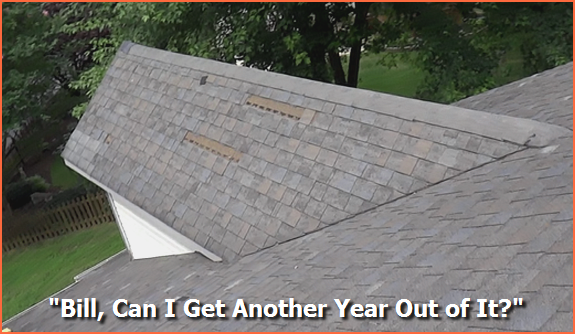
"Bill, Can I get another year out
of it?" she said hopefully, tears starting to well up in her eyes...
Of course, the definitive answer to either question is, "It depends."
"It depends on what's going
on beneath the shingles," I'll reply.
Most inspectors and roofing
'experts' will offer the obvious: "When the shingles are curling, cracking, flapping, missing,
or losing granules, then it's time for replacement!"
This is often poor advice.
It just doesn't go deep enough.
In fact, inspectors can't see the hidden damage that's being done
under the asphalt shingles; especially the three tab style (like yours!) with old 15 lb.
tarpaper underneath.
Take it from a guy with
over 40 years of roofing experience. Squeezing another year ... or two ... or more out
of that old roof can take an unexpected goodly bite out of your roofing budget.
I'll be happy to give you an
example of what I'm talking about.
Let's just "dive in"
to this Case Study from
2015 about a client of mine that I've done a
few new roofs for.
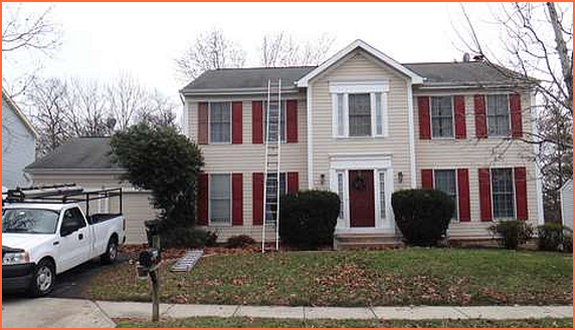
Location: Gaithersburg, MD 20878
Shingle Type: TAMKO 25 year (pretty decent
product), one layer.
Underlayment: 15 pound organic felt (cheap tarpaper, yuck).
Age of Roof: 17 years. Well within the "OK
Range," right?
Cracking, curling, flapping, missing granules? Nope. In
fact, the roof looks pretty good ... the owner
thought he was replacing the roof "early;" it was a rental property he proudly kept in
excellent shape.
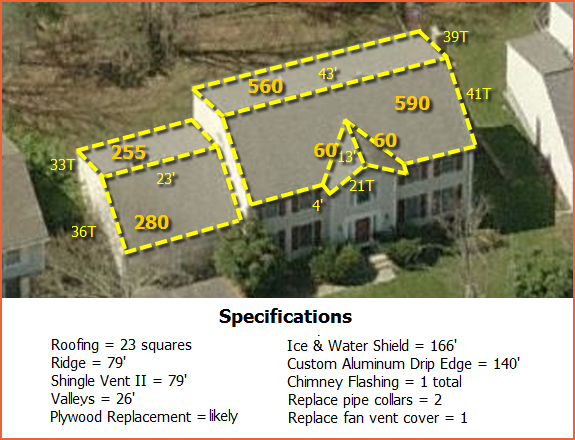
What I am about to show you is something that goes unnoticed on many
homes just like this one. You'll be surprised, I bet.
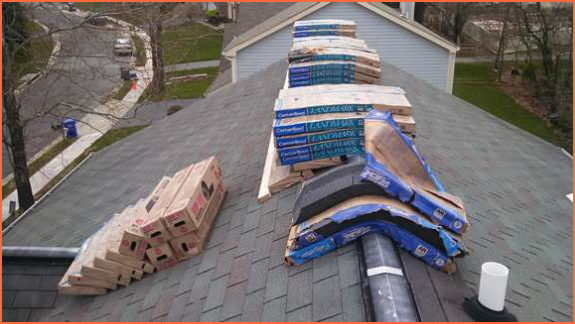
On the surface, most inspectors
would give this roof a passing grade. The 25 year TAMKOs appear to be in pretty good condition.
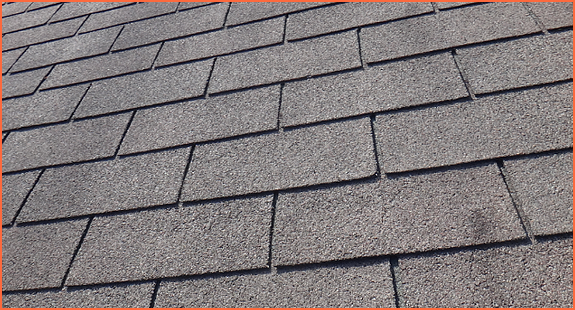
Even up close ... they're not looking
too bad, eh? Hmmm. Let's remove a few and have an even
closer look ...
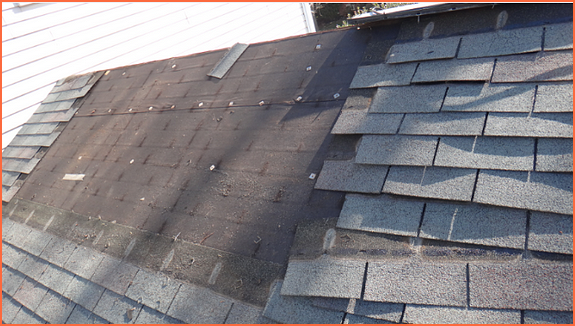
To the untrained eye, everything appears normal ...
right?
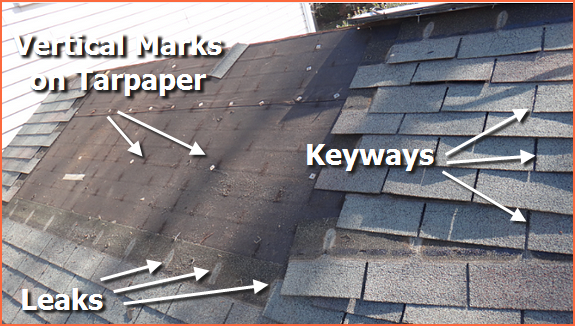
But wait a minute!
Surprisingly, based on the markings, this roof has actually been
"compromised" for, I'd say, at least a number of years.
See those vertical marks on the 15# tarpaper? Those are from
small but active leaks ... and after 17 years of service, the tarpaper just won't
stop all of the water anymore.
In fact, damage is being done here ...
Water that runs down the roof is guided by the keyways -
forming streams that eventually wear grooves in the underlying shingles, slowly penetrating, and
eventually breaching the "protective" tarpaper.
The result is hundreds of tiny
... yet damaging ... leaks on this roof.
Leaks that grow larger day after day.
We see this happening on almost all three-tab shingle roofs of this age. And
it isn't easily seen from the exterior, or even from inside the attic (unless rot
has developed and perforated the OSB or plywood subroof).
Here are just a few of the problems these hidden issues can cause...
Problem #1: Moisture from leaks softens the wood
subroofing, affecting its' strength, causing "bowing" between trusses, especially on OSB (oriented
strand board). It ends up looking wavy and horrible, and the materials need to be replaced.
Expensive? You bet.
Problem #2: Larger penetrations in the subroof will
eventually form at some inconvenient time and place.
Problem #3: Damage to other materials, and even
structural problems will occur.
Think I'm kidding? Let's
move forward ...
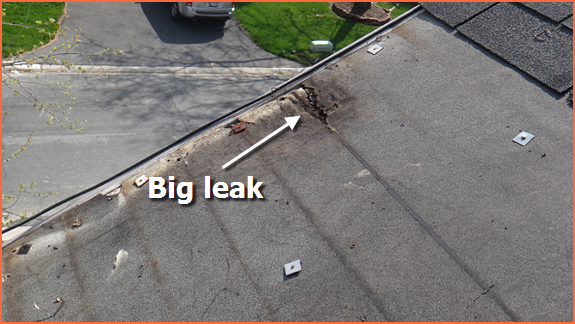
This sizeable leak
was hiding over the double end truss and fascia. It's not
visible from inside the attic ... so it went unnoticed until now.
Structural repairs were necessary - mending of the roof trusses, replacing the 1 x 6 fascia,
and then color matching and custom bending the aluminum covering.
Next of course, new OSB subroofing was needed. Not cheap.
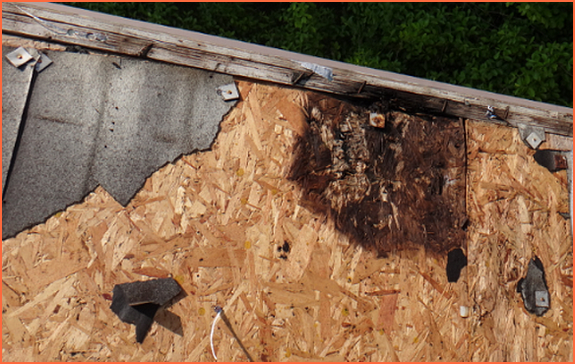
Here's another leak ... same deal. Same type of
repairs.
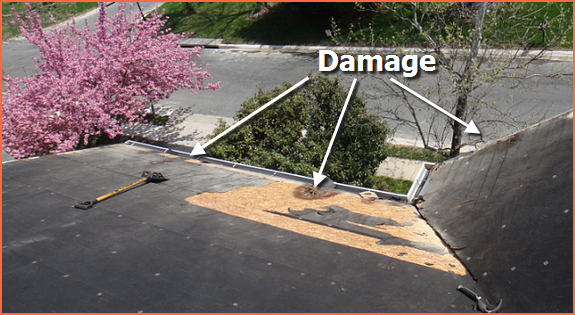
Even more leaks near the gutter edge and rake were responsible for
soffit, fascia, and rake rot as well. The opposite side, rear, and garage had similar
issues. Wow.
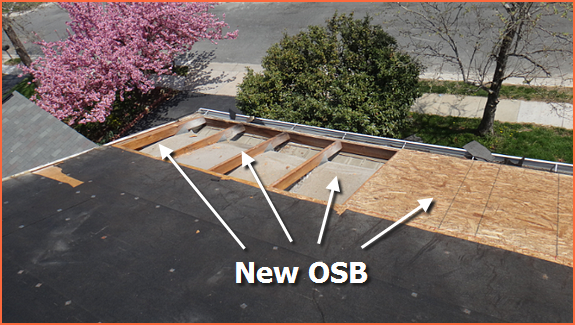
I could go on, but you get the point.
In the end, unexpected
extra repairs added up:
-
1/2" OSB plywood, 12 sheets 4' x
8'
-
Trusses repairs,
2
-
1 x 6 Rake replaced, custom alum
capped, approx 32'
-
2 x 6 Fascia at gutter edge replaced,
custom alum capped, about 32'
-
Gutters removed and replaced (damaged
fascia), about 50'
-
3/8" Soffit Plywood replaced, approx
26'
-
Vinyl Soffit Panels removed and
reinstalled, 26'
The
final cost of these seemingly small and "out of sight" roof
leaks?
An unfortunate extra
$2,623.00. Fortunately, my
client acted soon enough to avoid major damage, and even more
expense.
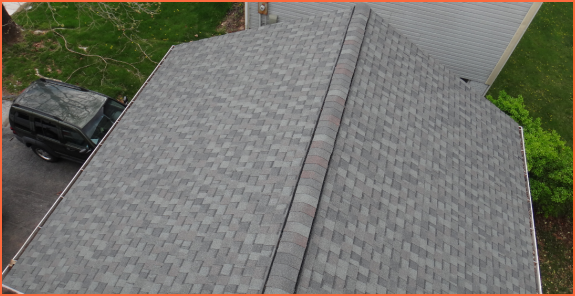
In
the end, everything eventually worked out just fine...
But my unsuspecting client went just a "little too deep" into the
roofing cycle and had to pay extra for repairs he did NOT expect.
This scenario is not all that unusual for older roofs with three-tab
shingles, cheap 15 pound organic felt (tarpaper), and OSB subroofing.
My
advice is to take early preventive action ...
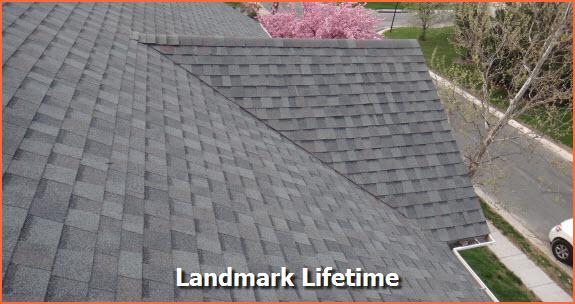
So, "Is it a good idea to try to get another year ... or two ... or
more out of your roof?"
Only you can decide that; but don't put yourself in the
same position as my client in this Case Study. You can take action and avoid the
additional risk ... and expense!
The
number one mistake I see clients make is waiting too long to act, taking their roof all the
way up to its' bitter end, thinking they're saving money ... when in reality, the
last year or two ends up increasing costs, sometimes by a bunch!
I understand the thinking; it's just human nature.
But I certainly don't like to have to charge
extra for damages that could have
been prevented. That's just a bummer.
It's one reason I offer deep discounts from time to time; to give
clients a timely opportunity to avoid these problems, obtain more value,
and take advantage of a better return on investment.
In
summary, don't let your three-tab roof go too long!
That's it! Hope this helps, and thanks for being my client over the
years.

|

